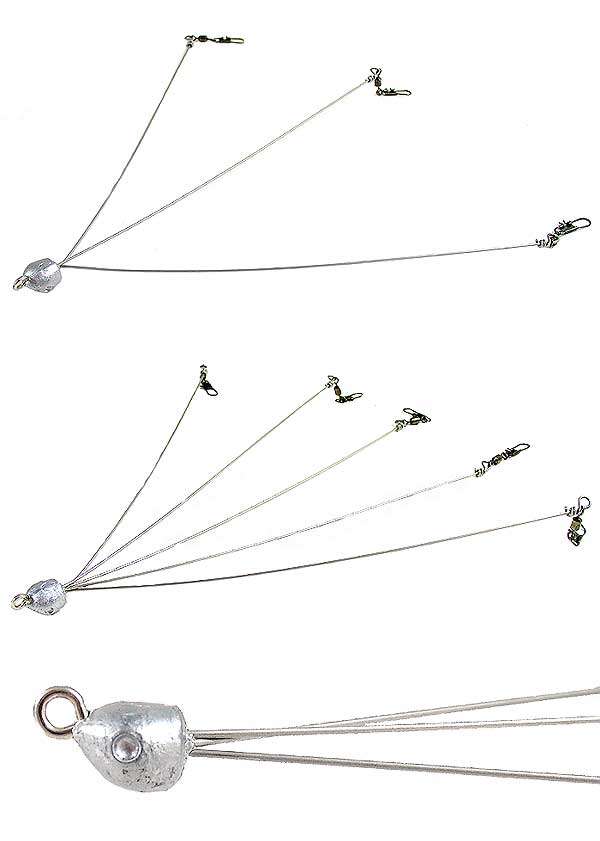There are several ways to fish for Spec's, but we focused on Drift Fishing over oyster beds and near gas rigs. Drift fishing is often done over oyster beds, sand flats, rocky bottoms, or near structures. Some of the favorite lures are the artificial cocahoe minnow, split tail beetle, but we had our best luck with Baby Bass colored Zoom flukes. According to the guide it is the closest in color and size to the natural bait fish of the area.
In order to locate specks, we began fishing the top and worked our way to the bottom. In many cases the fish will be near the surface or at mid level depths. If the water is very rough they may head to the bottom.
We had our best luck using a slow retrieve with a twitch in 10-15 feet. In several cases we caught fish while just letting it drift with the current. This pattern was found by accident as on of the guys was fixing his line. After the third fish caught during his tangle time, we all decided to try it. It turned out the fish were hanging out near the middle and the bottom and they wanted it very slow.
Bottom/Bait Fishing
Although we didn't use bait this time, it is often times the best way to catch trophy Specks. The best bait to use is baitfish such as croakers, pogies, or menhaden, live shrimp and live cocahoe minnows. A number 5 or 6 kale hook works well for the larger trout. Hook the bait fish through the lips or the dorsal fin. Do not use weights. This allows them so swim freely. If you are fishing deeper water or if the current is strong, use a carolina rig.
Read the Water - Locate the Game Fish
Feeding Seagulls are a sure sign. Another sign to look for is called a Slick. These oil slicks are from the the game fish eating bait fish. Fish near or under these slicks to locate Specks.
Stealthy
Be sure to use your trolling motor instead of your large motor once you are close. Do not spook these fish! Longer casts get allow you to sneak up on the big fish before they know you are there.
Night Fishing
Many of the larger Specks feed at night when there is less traffic. Give it a try near lighted boat docks.
Other Lures that worked well for Specks -
MirrOLures, Spoons, Zara Spooks, Riplin Redfins, plastic cocahoe minnows, and 52-M18 MirrOLures.
Gulf Shores Guide
My guide did a great job. His contact info- Tidewaterfishing@live.com (251) 279-1224





 Openings
and fields are important to wild turkeys. In the summer, the majority
of the turkey's food sources are found in open, sunny places. Newly
hatched broods may be seen along the borders of fields and other
openings, which provide the poults' primary meal of insects, as well as a
variety of seeds and berries.
Openings
and fields are important to wild turkeys. In the summer, the majority
of the turkey's food sources are found in open, sunny places. Newly
hatched broods may be seen along the borders of fields and other
openings, which provide the poults' primary meal of insects, as well as a
variety of seeds and berries. Most
of us would like to shoot the biggest, oldest gobbler on our property.
The problem is that it can be hard to tell which gobbler this is until
you actually have him in hand.
Most
of us would like to shoot the biggest, oldest gobbler on our property.
The problem is that it can be hard to tell which gobbler this is until
you actually have him in hand.
